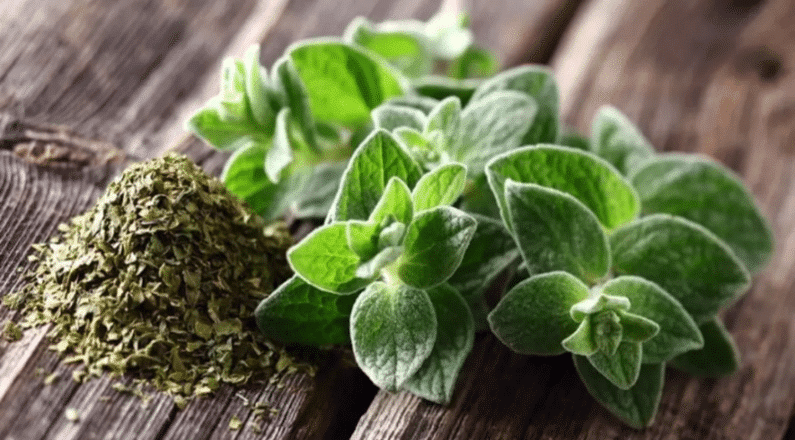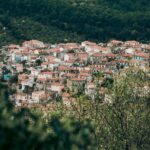Eleliphaskos the pharmacist, Salvia officinalis, of Lamiaceae Family
Morphology: The sage or sage (Salvia the medicinal, Greek: Elelifascos the medicinal Salvia officinalis) belongs to the genus of Angiosperm dicotyledonous plants Salvia. In English its common name is sage, or garden sage, or common sage. Sage, perennial, bushy, with numerous branches, up to half a meter high. Its leaves are elongated and thick, white, green in color.
Its flowers grow in spines, they are purple in color. It is consumed as a decoction for its medicinal properties, but in some cases, it has side effects.
Flowering: Blooms from May to June.
Habitat and distribution: It is found in all regions of Greece, mainly in dry and stony places.
Uses: The plant has a strong aromatic odor and is cultivated for its medicinal properties, as a decoction and as a spice. The leaves, which are also the most used part of the plant, are collected just before or at the beginning of flowering in dry and sunny weather, in May or June, and dried in the shade.
It contains essential oil, sage oil, colorless or reddish yellow, saponins, bitter substances, terpenes, resins, bitter diterpenes, tannins, triterpenes, flavonoids and thujone (thujone, a monoterpene ketone).
The leaves have antiseptic, expectorant and spasmolytic properties. The plant has stomachic, tonic and cardiotonic properties while it is also used against neuralgia. Sage is used therapeutically in the form of a decoction internally as an antiperspirant (especially against the night sweats of tuberculous and nervous patients).
As a decoction: In the Mediterranean regions, the well-known sage is dried and drunk as a decoction. The decoction is taken and served immediately after boiling. If it remains for a long time with the boiled leaves, the bitter substances in the decoction increase and its taste becomes unpleasant.
In cooking: It is used to flavor various broths, foods, and vinegar, while it is also considered a bee-trophic plant, providing fine quality honey.
Folklore: In Cyprus the sage is called “spadzia”, in Olympos of Karpathos “kynomalea”, in Middle and Kato Karpathos “kynomala”, in Rhodes “alesfakia” and in Epirus “musfakidi”.
Greece: From Cretan folk tradition, an excerpt from a Cretan mandinada:
“Arismari and oregano, sage, fennel,
thyme, myrtle and velvet opened my nostrils.”



















